Archive

Agori-Chandan Jhumka
“I’d like the Karabi-Kadamba for my earrings but they’ve got to be different from the ones you’ve done.”
The brief, short and cryptic, tells of the exclusivity we all seek in our wedding ...

View more
The Magic Cantrip Jhumka - Now Visible to All You Wondrous Souls Who Live Life as Art
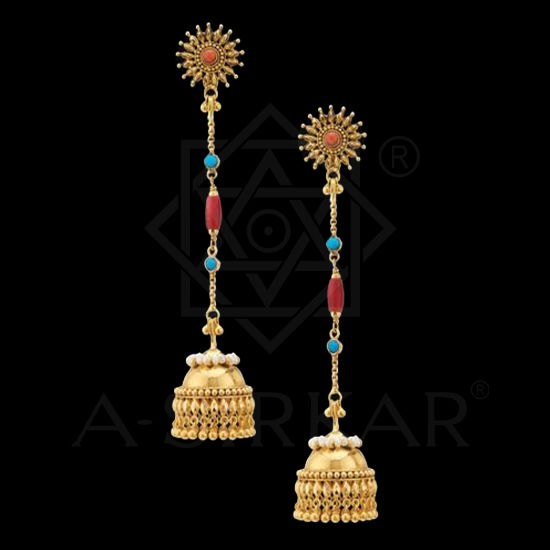
View more
Anuttara

View more
Kurchiphul Pasha
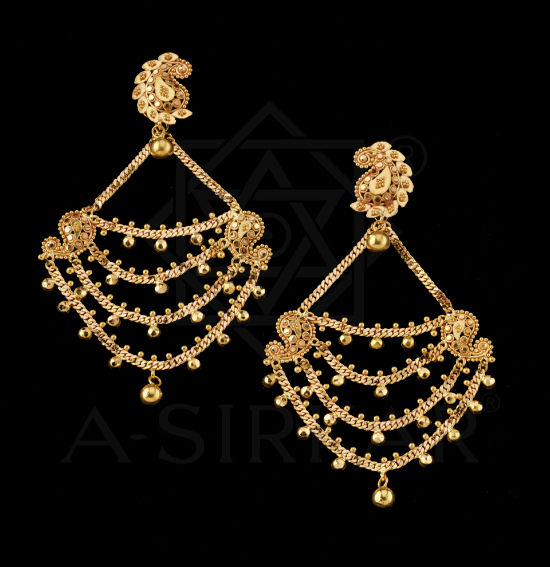
View more
Paisley Pillsbury Lahari Kanbala

View more
Samvida
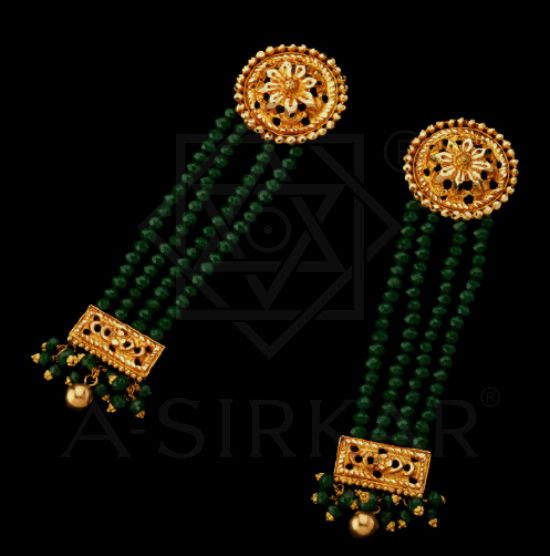
View more
Begum Nargisa Earrings

View more
Vidita Earrings
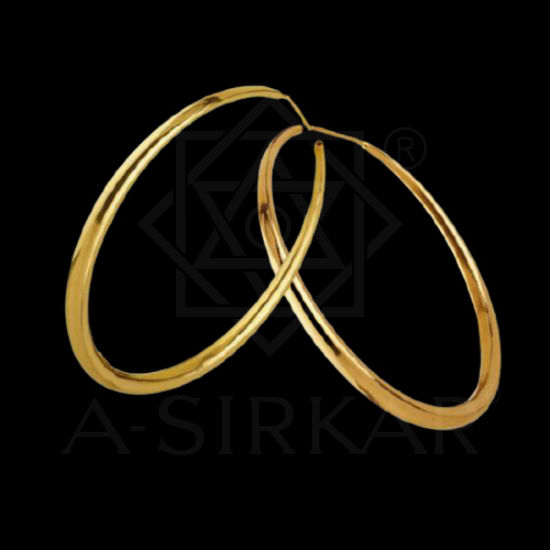
View more
Singapore Hoop Earrings

View more
Agori-Chandan Jhumka

View more
Merry-Go-Round Jhumka

View more
Tzolkin Naba Chandro Earrings
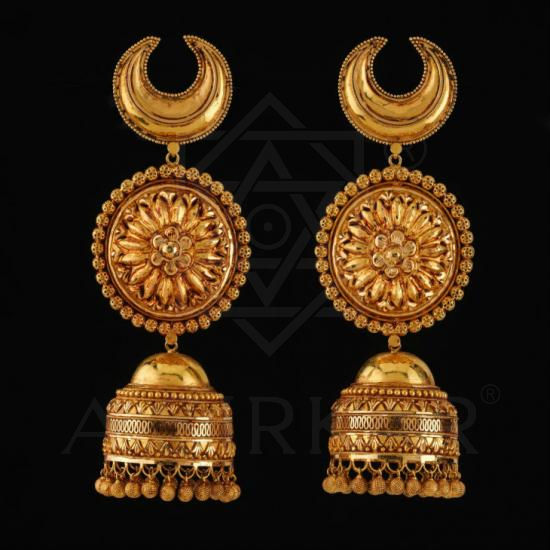
View more
Ratnapriya

View more
Phalguni
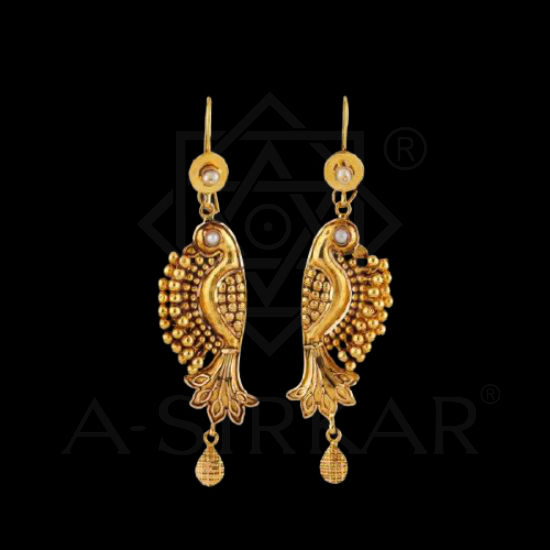
View more
Hiraman Tota Earrings

View more
Patuju Passion-Flower Earrings

View more
Matched Mehrangarh Earrings
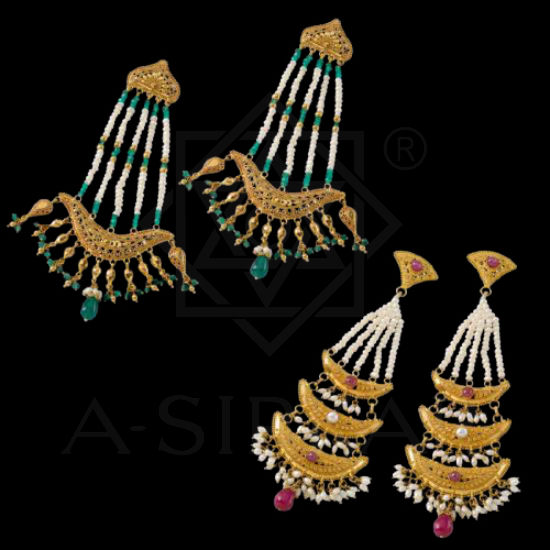
View more
Shoulder-length Jhapta Earrings

View more
Navina Naksha Dul

View more
Maneesha

View more
Anisha

View more
Paka Dekha Kanbala
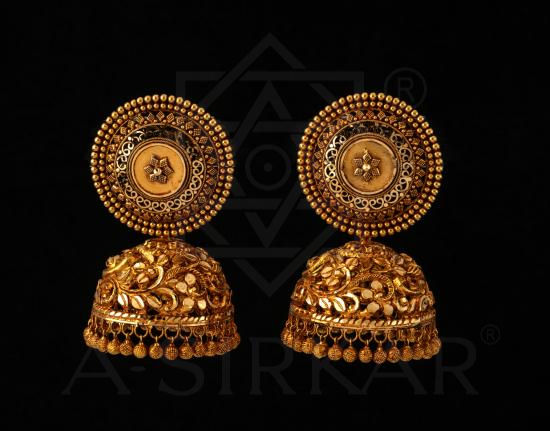
View more
Karabi Kadam Jhumka
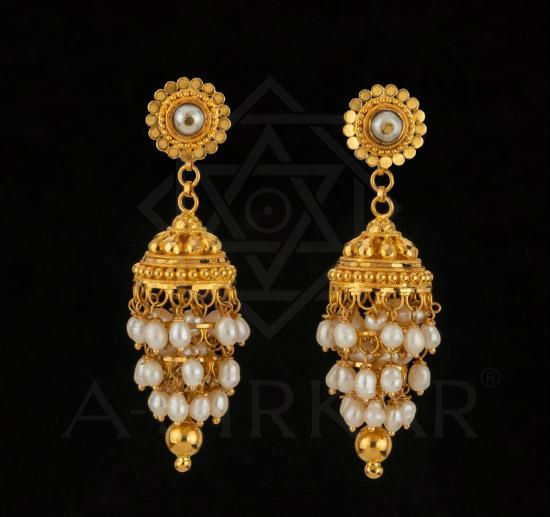
View more
Motijhur Monsoon Jhumkas

View more
Mayurpur Kanbala

View more
Phool-Sajja

View more
Meenakshi Earrings
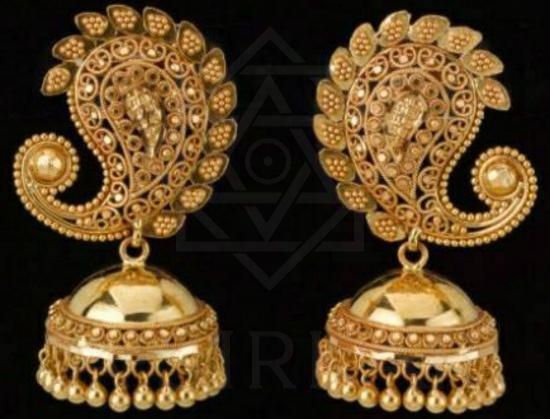
View more
Maikashii Jhumkas
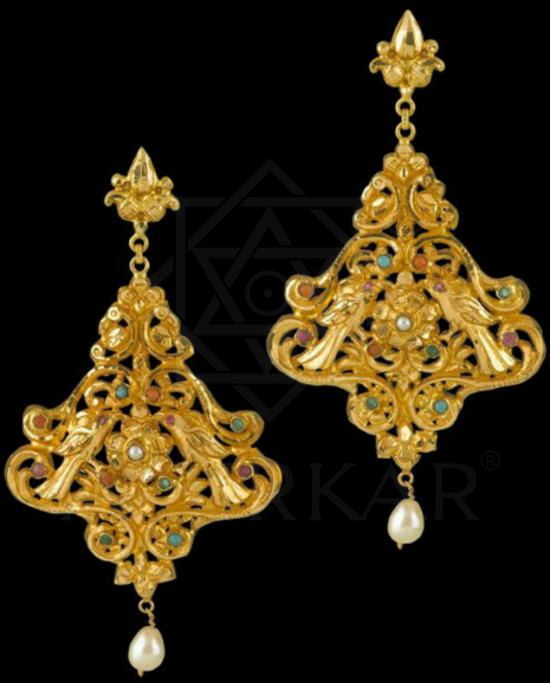
View more
Tree of Life Earrings

View more
Sohini
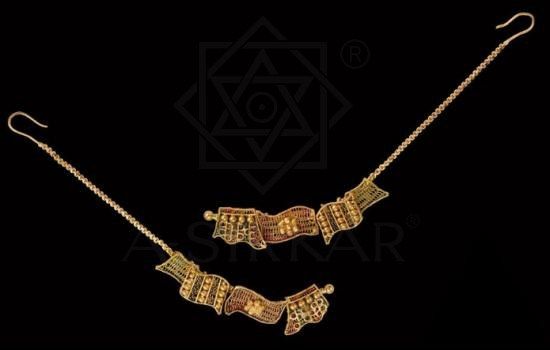
View more
Clothesline Earrings

View more
Debleena Jhumka
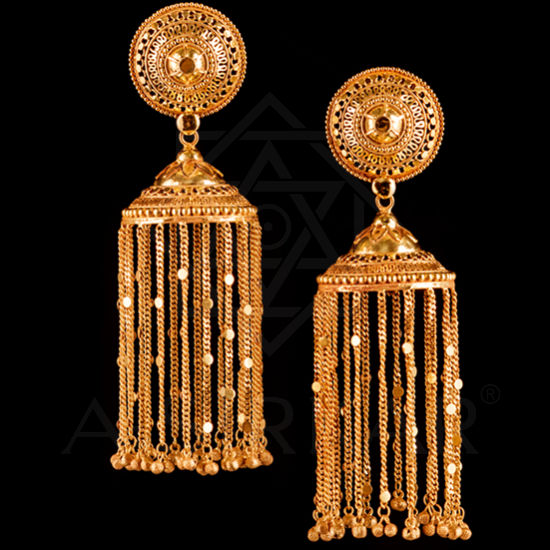
View more
Mehuli

View more
Madhusree Jhumkas
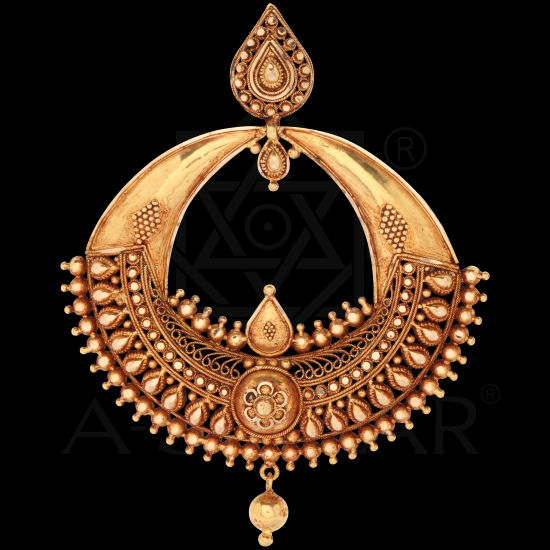
View more
Surovi Kanbala

View more
Sri Durga Thokai Kanbalas

View more
Pad-Pineapple Kanbala
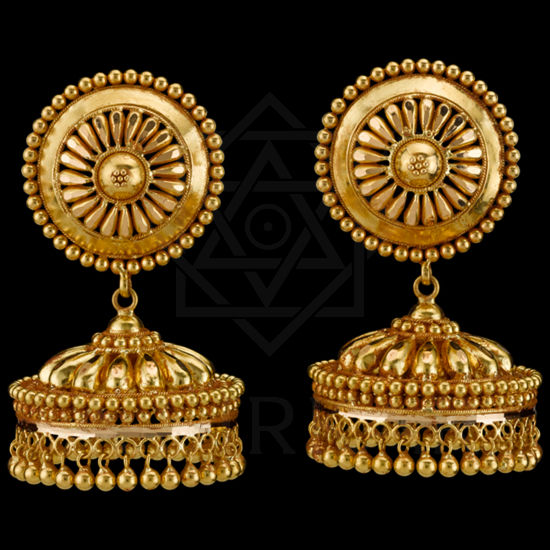
View more
Jet-Engine Jhumka

View more
Debopriya Earrings

View more
Casual Jhumkas
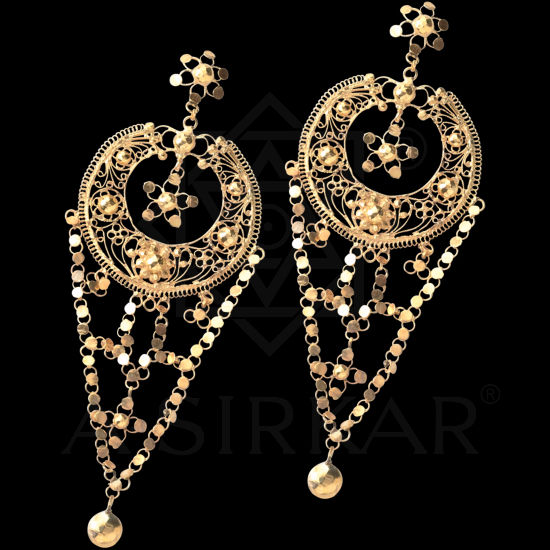
View more
Brahmachari Kanbala

View more